Home>Storage Ideas>Living Room Storage>How To Remove Water Stains From Wood Without A Special Cleaner
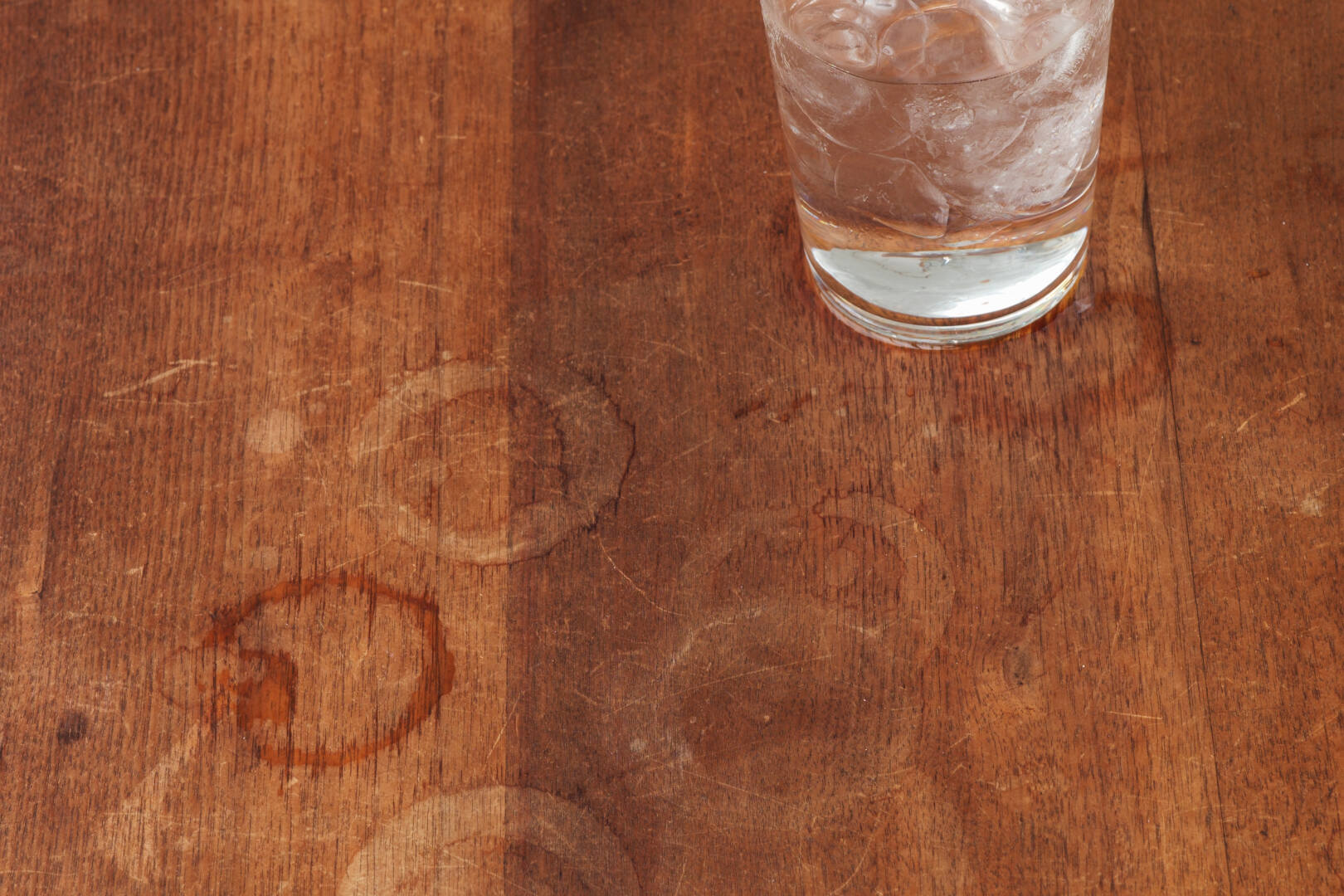

Living Room Storage
How To Remove Water Stains From Wood Without A Special Cleaner
Modified: August 16, 2024
Learn how to remove water stains from wood in your living room without using a special cleaner with our easy step-by-step guide. Keep your living room storage looking fresh and stain-free.
(Many of the links in this article redirect to a specific reviewed product. Your purchase of these products through affiliate links helps to generate commission for Storables.com, at no extra cost. Learn more)
Introduction
Welcome to our comprehensive guide on how to remove water stains from wood without the need for a special cleaner. Whether you have noticed unsightly water marks on your wooden furniture, floors, or other wooden surfaces, fret not, as there are effective and easy-to-follow solutions that can restore your wood’s natural beauty.
Water stains can be a common problem, especially in households where spills and accidents happen. These stains can leave behind unsightly discoloration that can be frustrating to deal with. However, with the right ingredients and techniques, you can say goodbye to those water stains and bring the beauty back to your wooden surfaces.
One of the advantages of these methods is that they do not require any specialized or expensive cleaning solutions. Instead, they make use of everyday household items that you likely already have on hand.
Before we delve into the various methods, it’s important to understand what causes water stains on wood. Water stains can occur when moisture penetrates the surface of the wood, causing it to react and leave behind a mark. These stains can come in different forms, such as white rings, darker spots, or hazy discoloration.
Now that we have a basic understanding of water stains on wood, let’s take a look at the ingredients and tools you will need to effectively tackle these stubborn marks.
Key Takeaways:
- Easily remove water stains from wood using everyday household items like vinegar, olive oil, and toothpaste. No need for special cleaners – just follow simple, effective methods for pristine wooden surfaces.
- Understand the different types of water stains on wood and choose the best method for removal. Experiment with natural solutions like lemon juice, salt, and mayonnaise to restore your wood’s natural beauty.
Read more: How To Remove Water Stains On Wood Furniture
Understanding Water Stains on Wood
Water stains on wood can be a headache to deal with, but understanding how they form can help you effectively remove them. There are two primary types of water stains: white stains and dark stains.
White stains are caused by moisture penetrating the finish of the wood and entering the surface layers. This moisture can come from condensation on cold glassware, wet dishes, or even hot items placed directly on the wood. When the moisture seeps into the wood, it reacts with the chemicals in the finish, causing a milky white discoloration.
Dark stains, on the other hand, occur when water penetrates beyond the finish and into the wood fibers themselves. This can happen when the wood has not been properly sealed or has worn-down finish layers. The water discolors the wood fibers, creating a darker, more noticeable stain.
It’s important to note that the method you choose for removing water stains may depend on the type of stain you’re dealing with. For white stains, methods that focus on lifting the moisture and residue from the surface layers of the wood are usually effective. For dark stains, methods that help to extract the moisture from the wood fibers and restore the wood’s color are often the best approach.
Now that we have a better understanding of the different types of water stains on wood, let’s move on to exploring the ingredients and tools you’ll need to successfully tackle these stains.
Ingredients and Tools Needed
Before you can start removing water stains from wood, it’s important to gather the necessary ingredients and tools. The good news is that you won’t need any specialized or expensive cleaners. Instead, you’ll find that many of the items you need are likely already in your kitchen or bathroom.
Here’s a list of the common ingredients and tools you’ll need:
Ingredients:
- Vinegar: White vinegar works wonders for removing water stains from wood. Its acidic properties help break down the stains and restore the wood’s natural color.
- Olive Oil: Olive oil is useful for nourishing and hydrating the wood after removing the stain. It helps replenish the moisture lost during the stain removal process.
- Baking Soda: Baking soda is a versatile ingredient that can help lift stubborn water stains. Its mild abrasive properties can gently scrub away the stains without damaging the wood.
- Toothpaste: Toothpaste, specifically non-gel varieties, contains mild abrasives that can help remove water stains from wood. Look for toothpaste without any added whitening agents or harsh chemicals.
- Mayonnaise: This kitchen staple might seem surprising, but it can effectively remove water stains from wood. The oils and emulsifiers in mayonnaise can penetrate the stain and lift it away.
- Lemon Juice: The acidic properties of lemon juice make it a great natural solution for removing water stains from wood. It can help break down the stain and restore the wood’s color.
- Salt: Salt is often used in combination with lemon juice to form a paste for removing water stains. It acts as an abrasive, assisting in the stain removal process.
Tools:
- Soft Microfiber Cloth: A soft microfiber cloth is essential for gently wiping and buffing the wood surfaces during the stain removal process.
- Cotton Swabs: Cotton swabs are useful for applying and targeting the cleaning solutions onto specific areas of the water stains.
- Soft-bristle Toothbrush: A soft-bristle toothbrush can be used for more vigorous scrubbing, especially in hard-to-reach or intricate areas.
- Iron: An iron, set to low heat without any steam, can be used for a method that involves using heat to remove water stains.
Now that you have all the necessary ingredients and tools, you’re ready to dive into the different methods for removing water stains from wood without a special cleaner. Let’s explore these methods step by step so you can regain the natural beauty of your wooden surfaces.
Read more: How To Remove Wood Stain From Brick
Method 1: Using Vinegar and Olive Oil
Vinegar and olive oil are a dynamic duo when it comes to removing water stains from wood. The acidity of vinegar helps break down the stains, while the olive oil helps restore moisture and shine to the wood. Follow these steps to effectively remove water stains using this method:
- Start by mixing equal parts vinegar and olive oil in a small bowl. You’ll only need a small amount, depending on the size of the stain.
- Dip a soft, clean cloth into the mixture and wring out any excess liquid. You want the cloth to be slightly damp, not dripping.
- Gently rub the cloth over the water stain, following the grain of the wood. Apply light pressure and work in small circular motions.
- Continue rubbing the mixture onto the stain for a few minutes, allowing the vinegar to break down the stain and the olive oil to penetrate the wood.
- Afterward, use a fresh cloth to buff the area, removing any excess vinegar and oil from the wood’s surface.
- Allow the wood to air dry completely, and then assess the results. If the stain is still visible, you can repeat the process until the desired outcome is achieved.
This method is suitable for both white and dark water stains. The vinegar helps lift the stain, while the olive oil nourishes the wood and brings back its natural luster. Remember to always test the solution on a small, inconspicuous area of the wood before applying it to the water stain.
Now that you’ve successfully removed the water stain using vinegar and olive oil, you can move on to the next method if needed. Each method offers different approaches to tackle water stains, so feel free to explore and find the one that works best for you and your specific wood surfaces.
Method 2: Using Baking Soda and Toothpaste
When it comes to removing stubborn water stains from wood, baking soda and toothpaste can be a powerful combination. Baking soda’s mild abrasive properties, coupled with the gentle scrubbing action of toothpaste, can help lift water stains effectively. Follow these steps to use this method:
- Create a paste by mixing equal parts baking soda and toothpaste together in a small bowl. The amount needed will depend on the size of the water stain.
- Dampen a soft cloth or sponge and apply the baking soda and toothpaste paste to it.
- Gently rub the paste onto the water stain, following the direction of the wood grain. Apply light pressure and continue rubbing in circular motions.
- Continue rubbing the paste onto the stain for a few minutes, allowing the baking soda and toothpaste to lift the stain from the wood.
- Once you’ve thoroughly worked the paste into the stain, use a damp cloth to wipe away any residue.
- Finally, use a clean, soft cloth to buff the wood surface and restore its shine.
- Allow the wood to air dry completely, and then assess the results. Repeat the process if necessary until the water stain is completely removed.
This method is particularly effective for dark water stains, as the abrasive properties of baking soda help scrub away the discoloration. The toothpaste helps to break down the stain while leaving a pleasant scent behind. As always, test the paste on a small, inconspicuous area of the wood first to ensure compatibility.
Now that you’ve successfully used baking soda and toothpaste to remove the water stain, you can move on to the next method if needed. Remember, each method offers a different approach, so don’t hesitate to explore and find the one that works best for your specific water-stained wood surfaces.
Method 3: Using Mayonnaise
Believe it or not, mayonnaise can be a surprising yet effective solution for removing water stains from wood. The oils and emulsifiers in mayonnaise can help penetrate the wood and lift the water stain while restoring moisture. Follow these steps to use mayonnaise to remove water stains:
- Apply a generous amount of mayonnaise directly onto the water stain. Make sure to cover the entire affected area with a thick layer.
- Allow the mayonnaise to sit on the stain for at least a couple of hours or even overnight. This gives the oils in the mayonnaise enough time to work their magic.
- After the recommended time has passed, use a soft, clean cloth to wipe away the mayonnaise. Apply gentle pressure and work in a circular motion to lift the water stain.
- Once you’ve wiped off the mayonnaise, use a damp cloth to clean the surface and remove any remaining residue.
- Finally, dry the wood with a clean cloth and assess the results. Repeat the process if necessary until the water stain disappears.
This method is ideal for both white and dark water stains and requires minimal effort. The oils in the mayonnaise help to penetrate the wood, while also providing hydration and restoring the natural beauty of the surface.
Remember to test the mayonnaise on a small, inconspicuous area of the wood first to ensure compatibility and prevent any unwanted reactions.
Now that you’ve successfully used mayonnaise to remove the water stain, you can continue with the next method if needed. Each method provides a unique approach to tackle water stains, so feel free to explore and find the best solution for your particular wood surfaces.
Mix equal parts vinegar and olive oil, then apply to the water stain and let it sit for several minutes. Wipe off with a clean cloth and the stain should be gone.
Method 4: Using Lemon Juice and Salt
Lemon juice and salt can make a powerful natural solution for removing water stains from wood. The acidic properties of lemon juice combined with the abrasive texture of salt can effectively break down the stain and restore the wood’s natural color. Follow these steps to use lemon juice and salt:
- Squeeze fresh lemon juice into a small bowl. You will need enough to cover the water stain.
- Add a sprinkle of salt to the lemon juice and mix them together to create a paste. The salt acts as an abrasive to help lift the stain.
- Using a clean cloth or sponge, apply the lemon juice and salt paste directly onto the water stain.
- Gently rub the paste into the stain, following the grain of the wood. Apply light pressure and continue rubbing in circular motions.
- Leave the paste on the stain for about 10 minutes to allow the lemon juice and salt to work their magic.
- After the designated time, use a damp cloth to wipe away the paste and any residue. You should notice an improvement in the appearance of the stain.
- Use a clean, dry cloth to buff the wood surface and restore its shine.
- Allow the wood to air dry completely, and then assess the results. Repeat the process if necessary until the water stain is completely gone.
This method is suitable for both white and dark water stains. The acidity of lemon juice helps break down the stain, while the salt acts as a gentle abrasive to lift the discoloration. As with other methods, it’s always a good idea to test the solution on a small, inconspicuous area of the wood surface before applying it to the water stain.
Now that you’ve successfully used lemon juice and salt to remove the water stain, you can proceed to the next method if required. Each method offers a unique approach to tackling water stains, so feel free to explore and find the one that works best for your specific wood surfaces.
Method 5: Using Iron and Cloth
If you have a persistent water stain on your wood surface, using an iron and cloth can be an effective method to remove it. This method involves using heat to lift the water stain from the wood fibers. Follow these steps to use an iron and cloth to tackle the water stain:
- Start by filling your iron with water and setting it to a low heat setting. Make sure the steam function is turned off.
- Place a clean, white cloth over the water stain. The cloth should be larger than the size of the stain to ensure coverage.
- Preheat the iron, and then gently press it onto the cloth, directly over the water stain. Move the iron in a circular motion for about 10 seconds.
- Lift the iron and check the progress. The heat and steam generated by the iron should help lift the water stain onto the cloth.
- Continue this process, lifting and checking the cloth, until you see improvement in the appearance of the stain.
- Once you’re satisfied with the results, remove the cloth and allow the wood to air dry completely.
- If necessary, use a clean, damp cloth to wipe away any residue left on the wood.
This method is particularly useful for dark water stains that have penetrated into the wood fibers. The heat and steam from the iron help to release the moisture and lift the stain, allowing it to transfer onto the cloth. Remember to always use a white cloth to prevent any dye transfer onto the wood surface.
It’s important to note that this method should be used with caution and only on heat-resistant surfaces. Avoid using it on delicate or sensitive wood finishes to prevent any potential damage. If you’re unsure, it’s best to consult a professional or test a small, inconspicuous area first.
Now that you’ve learned about using an iron and cloth to remove water stains, you’re equipped with one more effective method to restore the beauty of your wood surfaces.
Conclusion
Removing water stains from wood can be a simple and rewarding process, especially when you have the right methods and ingredients at hand. With the methods we’ve discussed – using vinegar and olive oil, baking soda and toothpaste, mayonnaise, lemon juice and salt, and an iron and cloth – you can effectively tackle water stains without the need for special cleaners.
Each method offers a unique approach to removing water stains, and the choice of method may depend on the type and severity of the stain. Experimenting with these methods can help you find the best solution for your specific wood surfaces.
Remember to always test any cleaning solution on a small, inconspicuous area of the wood before applying it to the water stain. This will ensure compatibility and prevent any unwanted damage or discoloration.
As you work to remove the water stains, take your time and be gentle with the wood. Avoid using harsh abrasives or excessive force that could potentially damage the surface. Patience and persistence are key to achieving the desired results.
Once you have successfully removed the water stains, it’s important to take preventive measures to avoid future stains. Use coasters or protective mats to shield your wooden surfaces from moisture and provide regular maintenance such as dusting and treating with wood polish.
By following these methods and guidelines, you can restore the natural beauty of your wood furniture, floors, and other wooden surfaces, and enjoy a clean and pristine living space.
So, say goodbye to those unsightly water stains and hello to beautifully rejuvenated wood surfaces!
Frequently Asked Questions about How To Remove Water Stains From Wood Without A Special Cleaner
Was this page helpful?
At Storables.com, we guarantee accurate and reliable information. Our content, validated by Expert Board Contributors, is crafted following stringent Editorial Policies. We're committed to providing you with well-researched, expert-backed insights for all your informational needs.
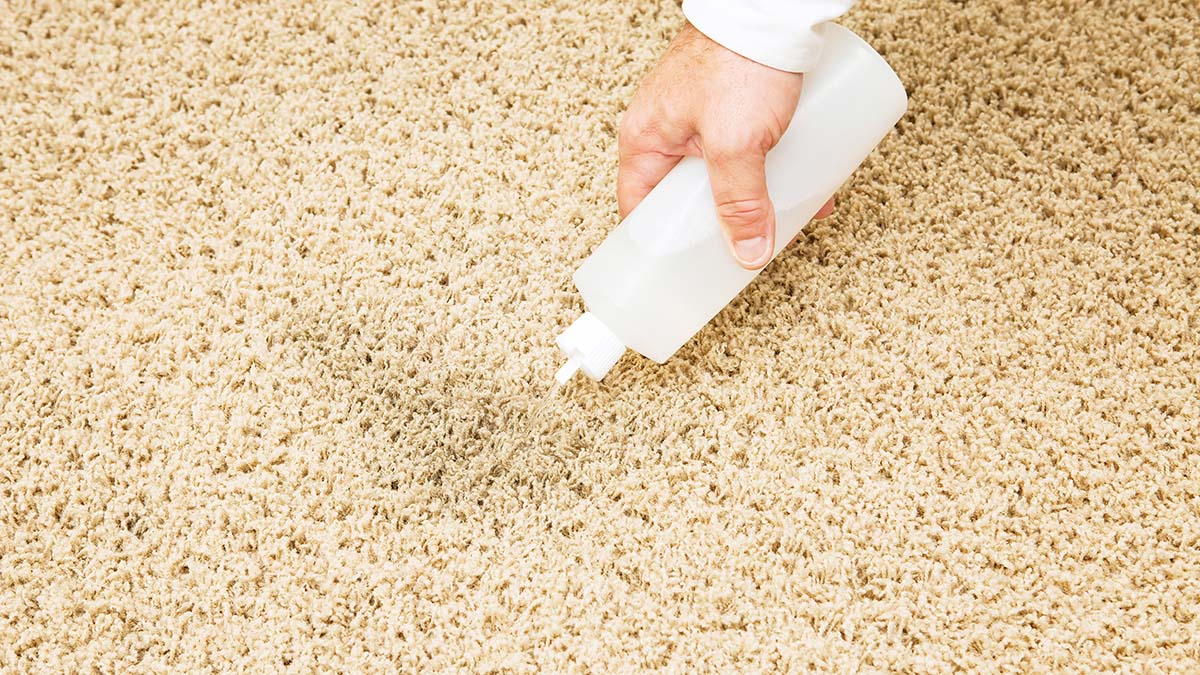
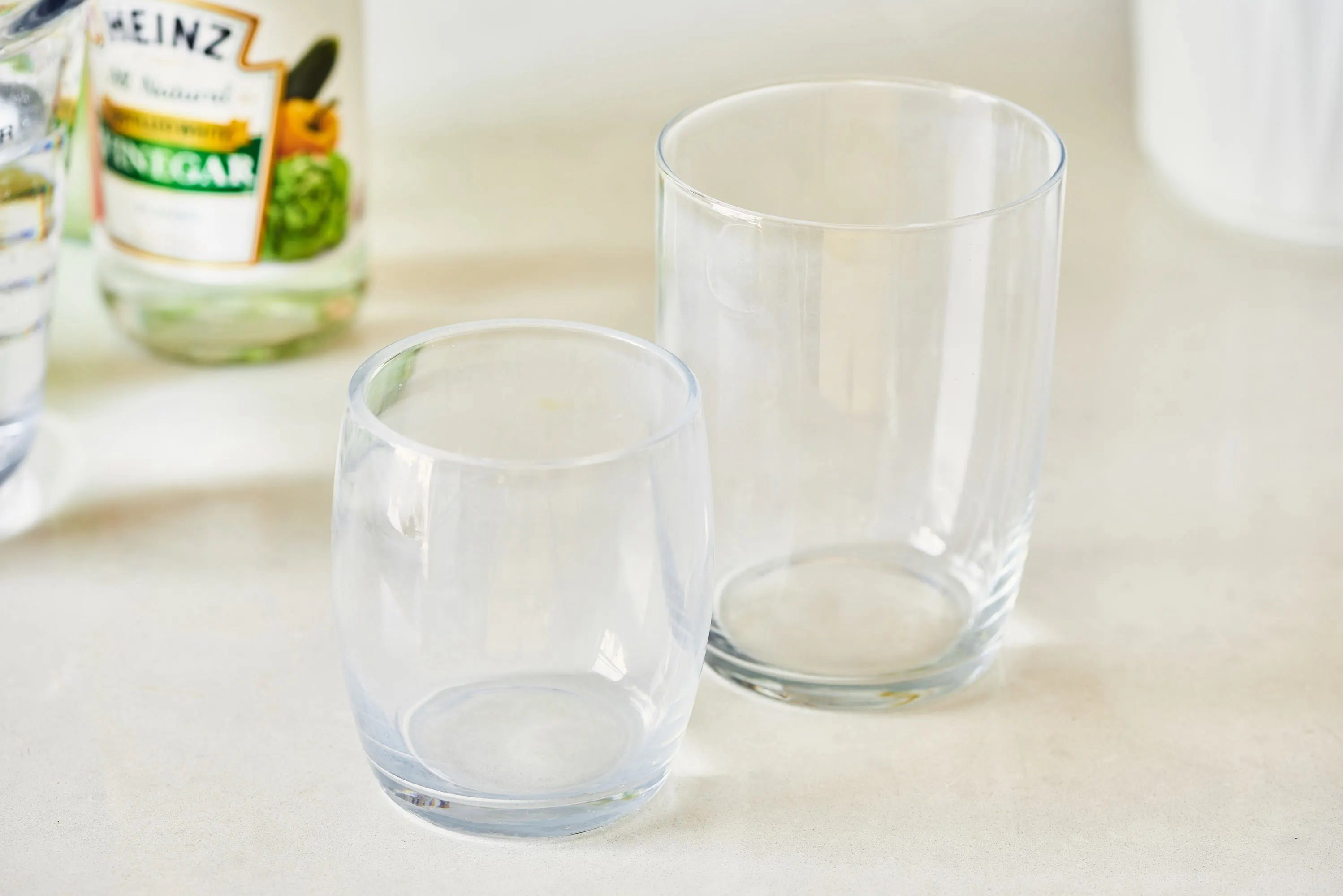
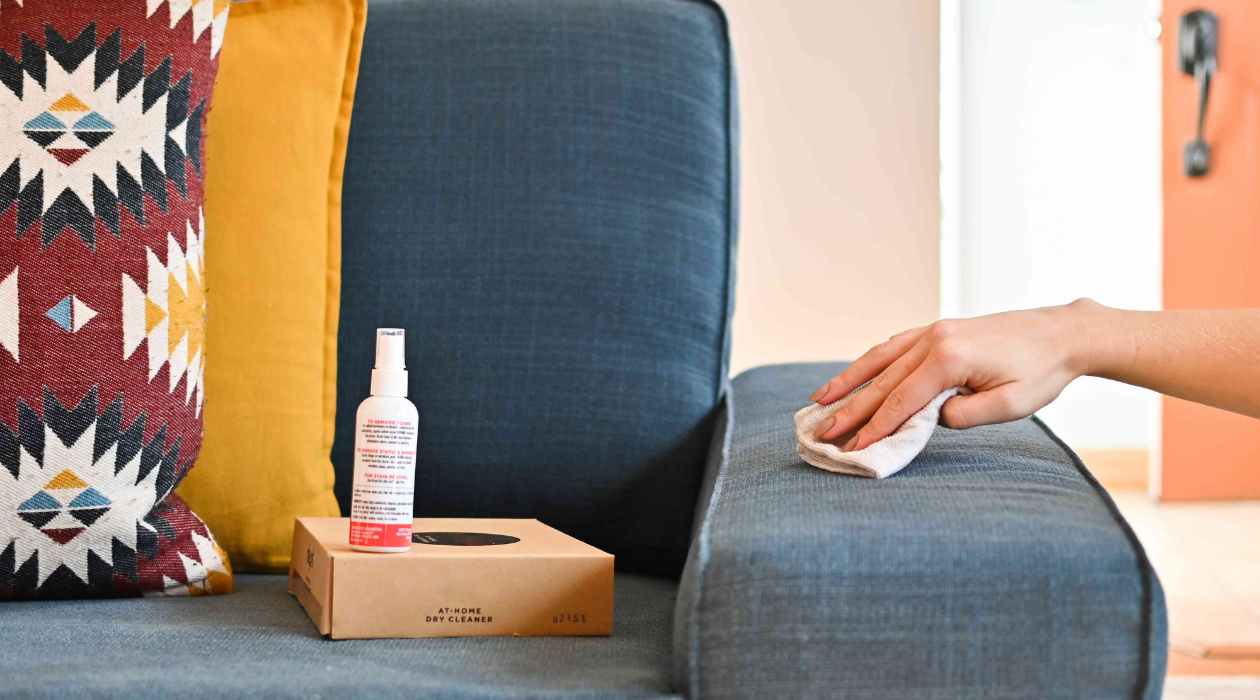
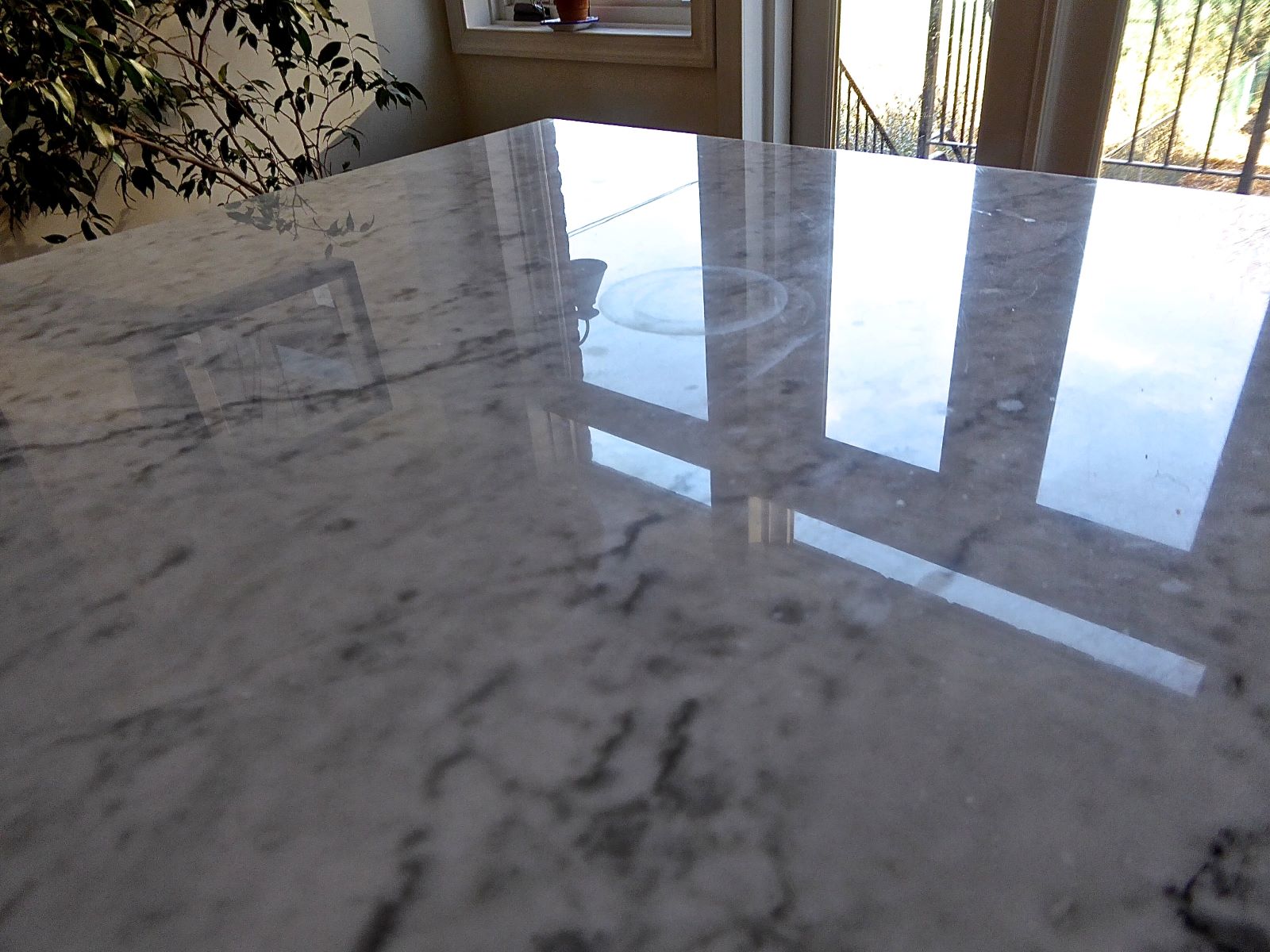
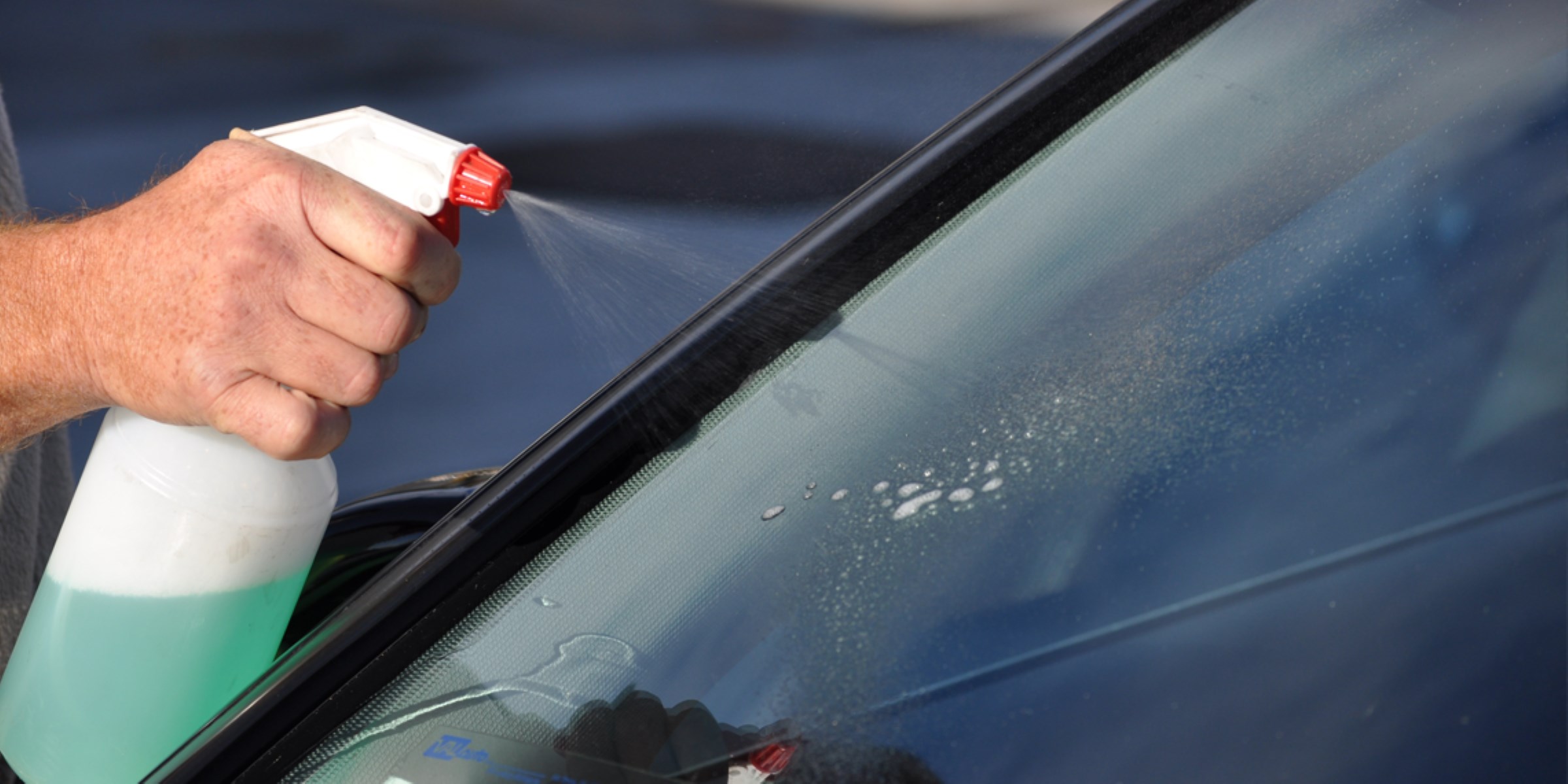
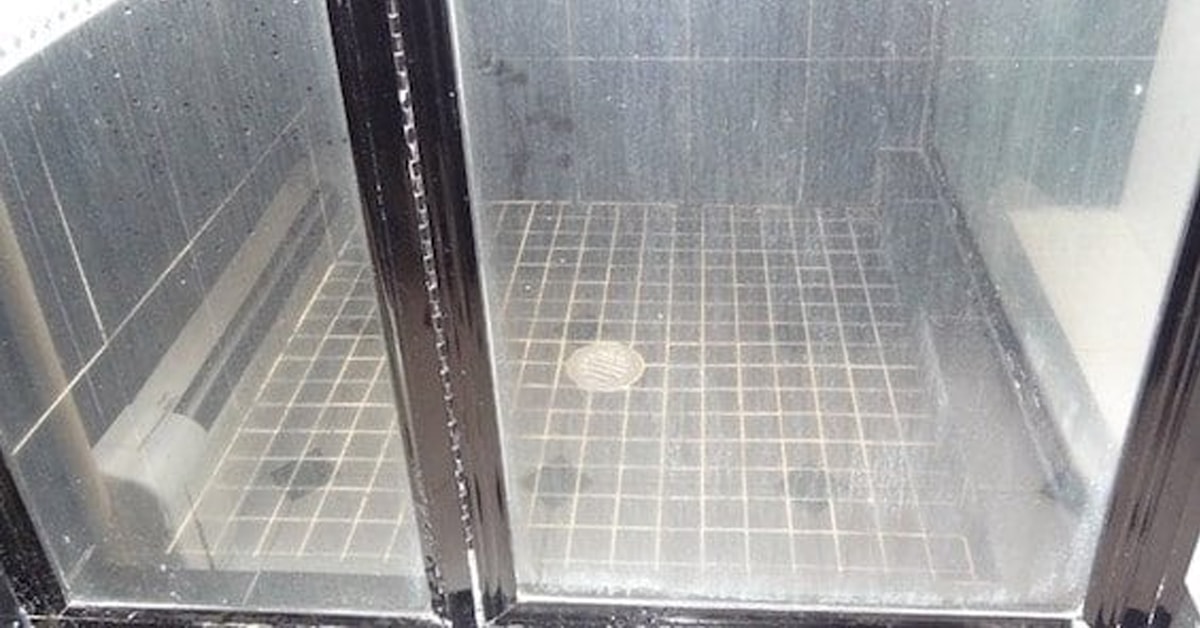
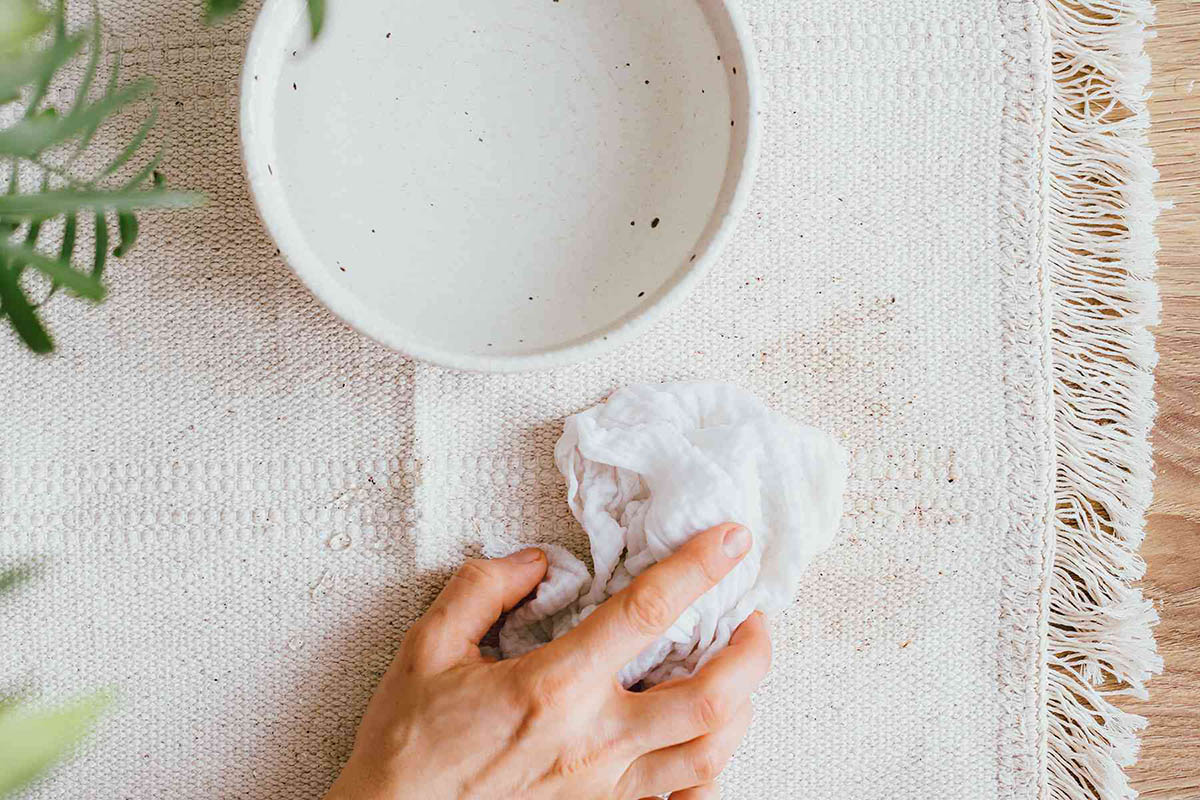
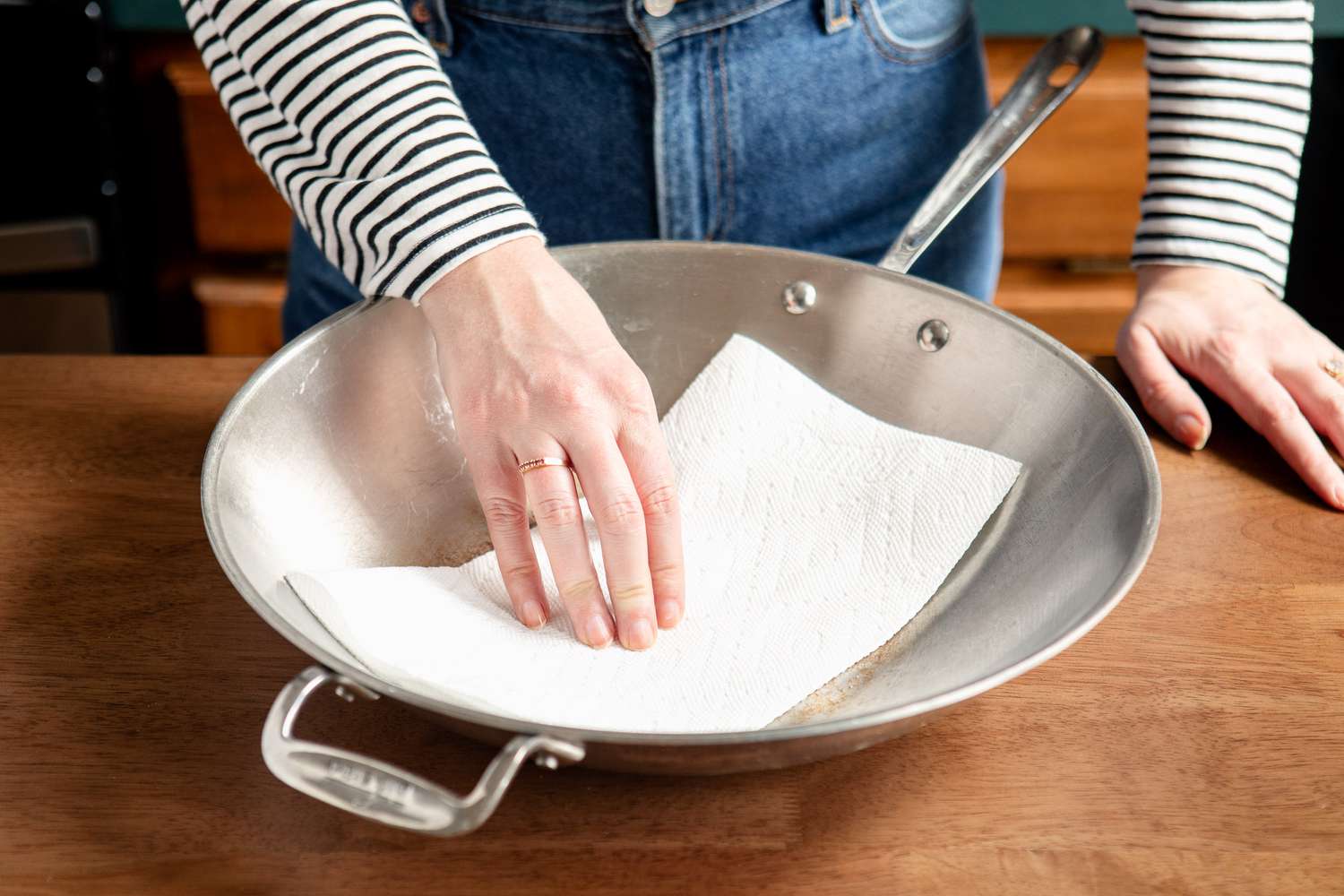


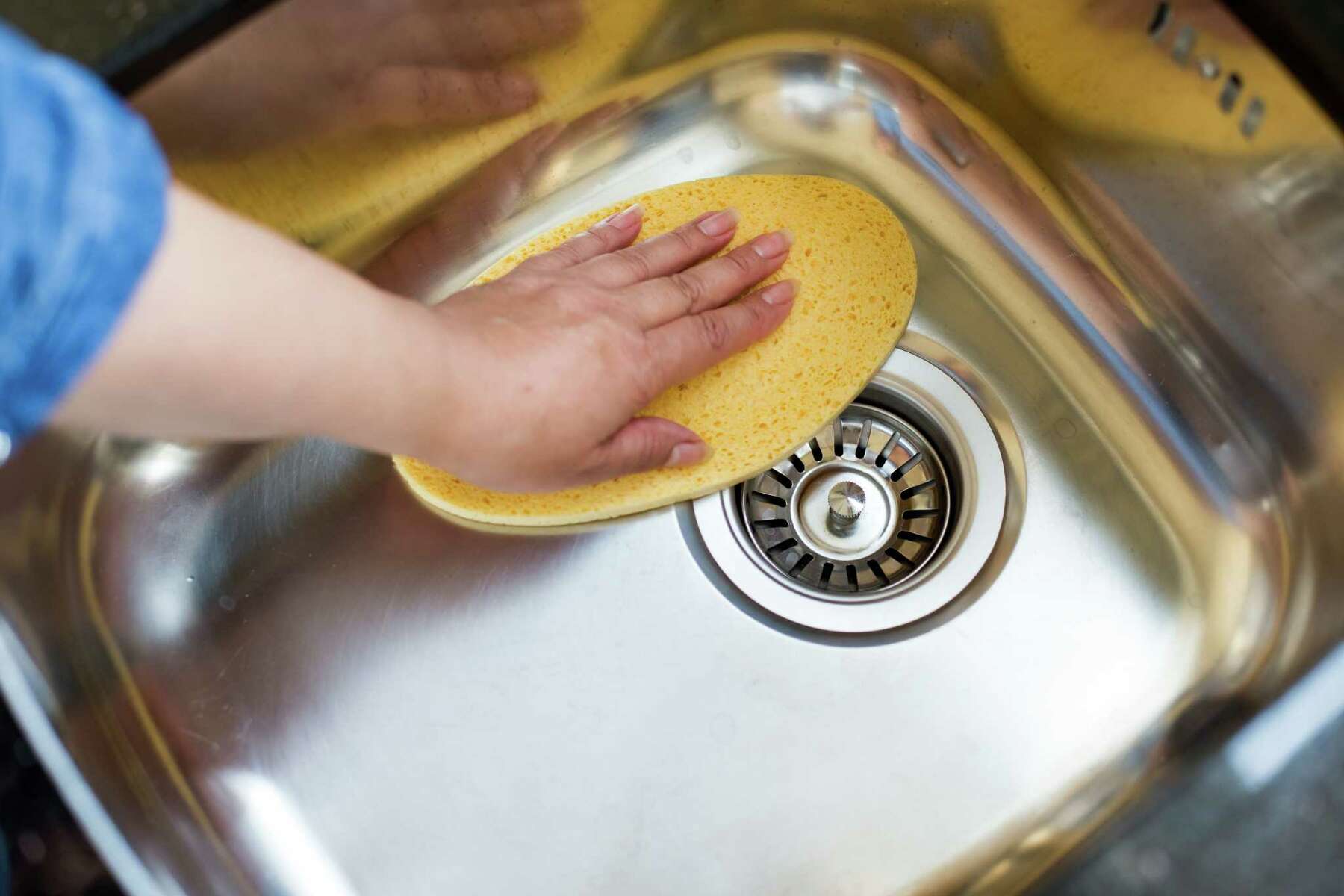
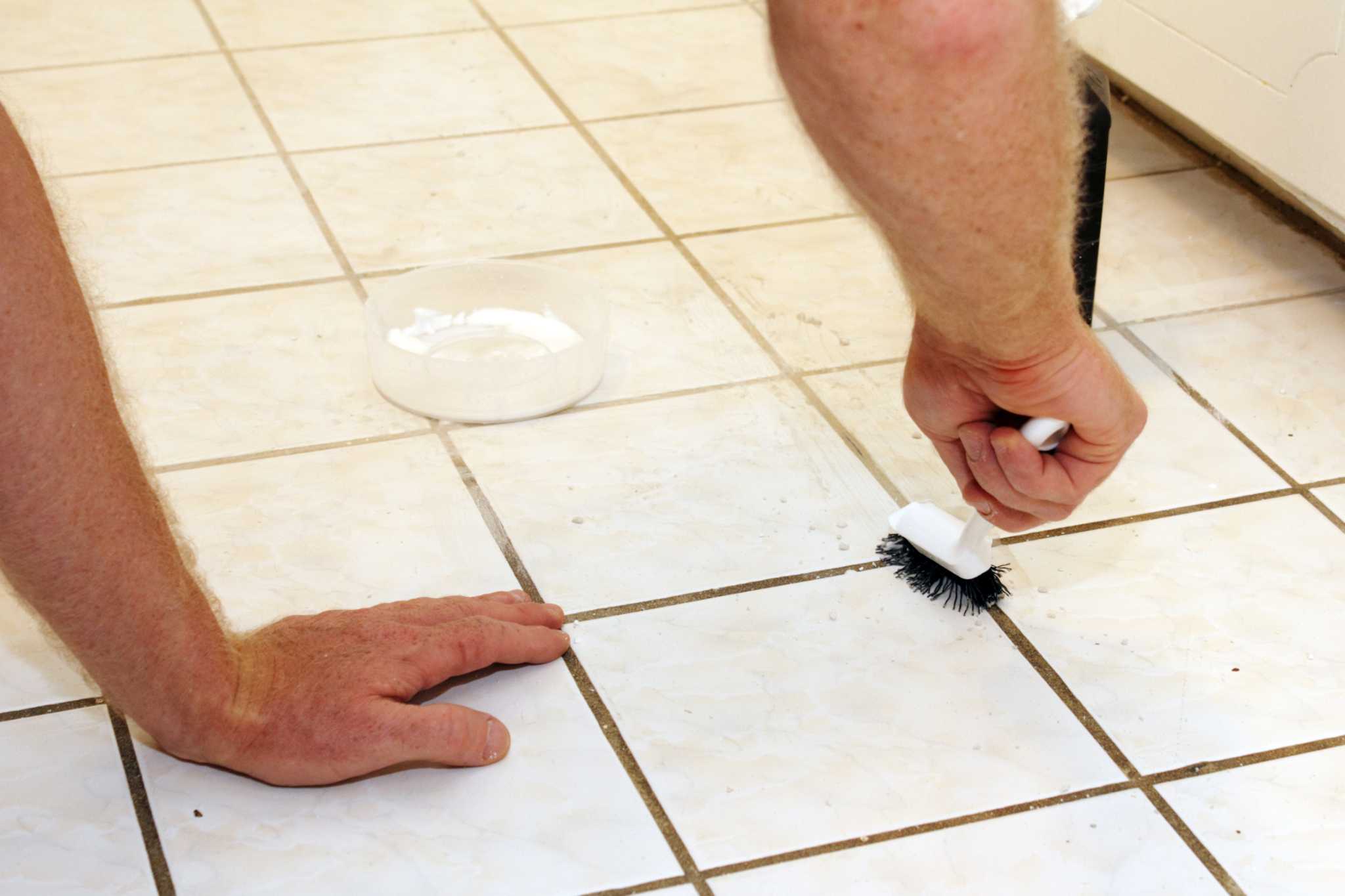
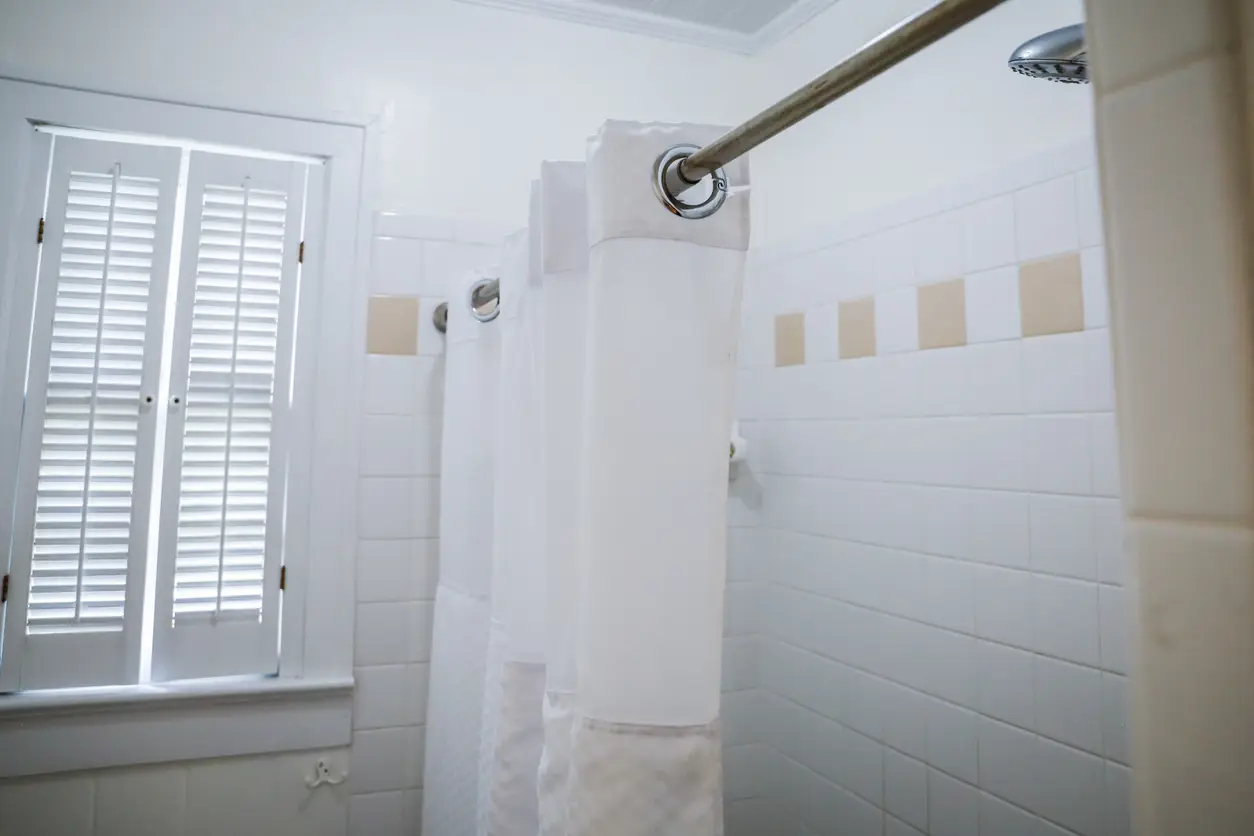

0 thoughts on “How To Remove Water Stains From Wood Without A Special Cleaner”